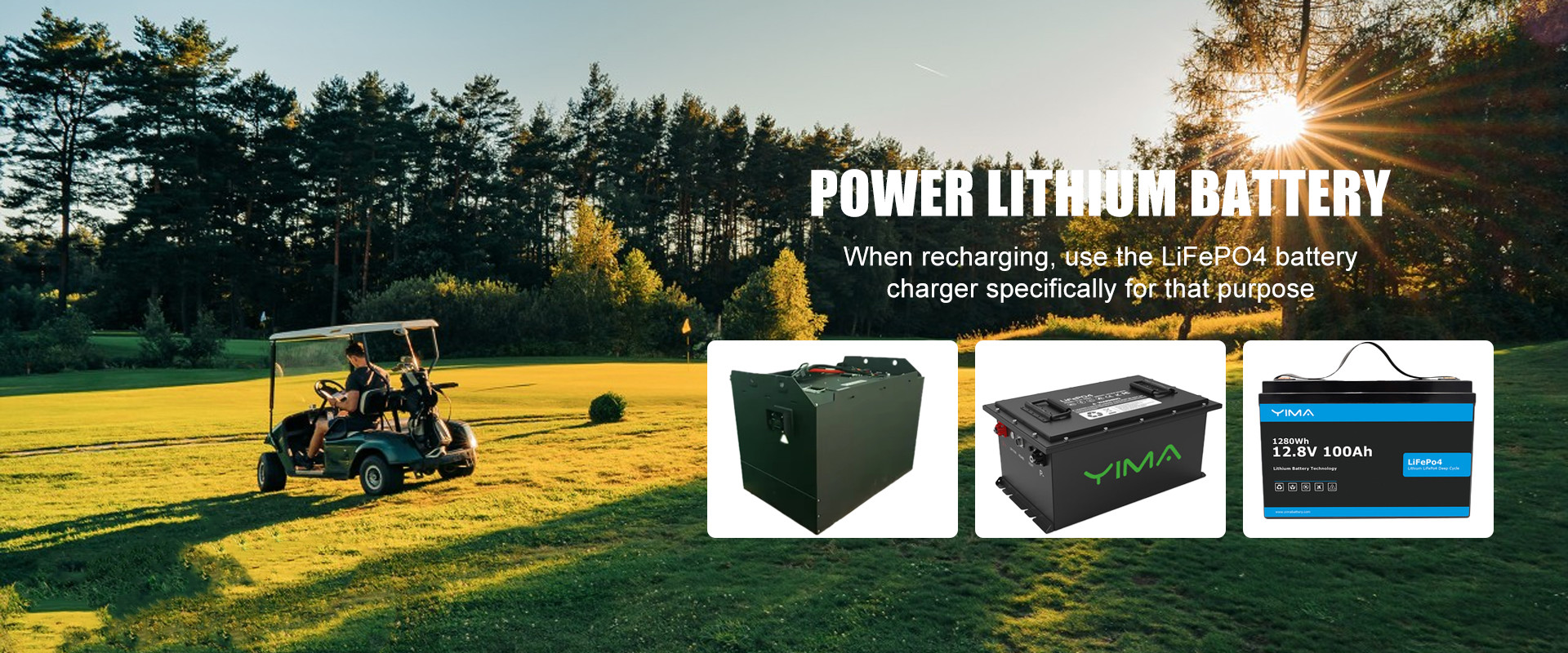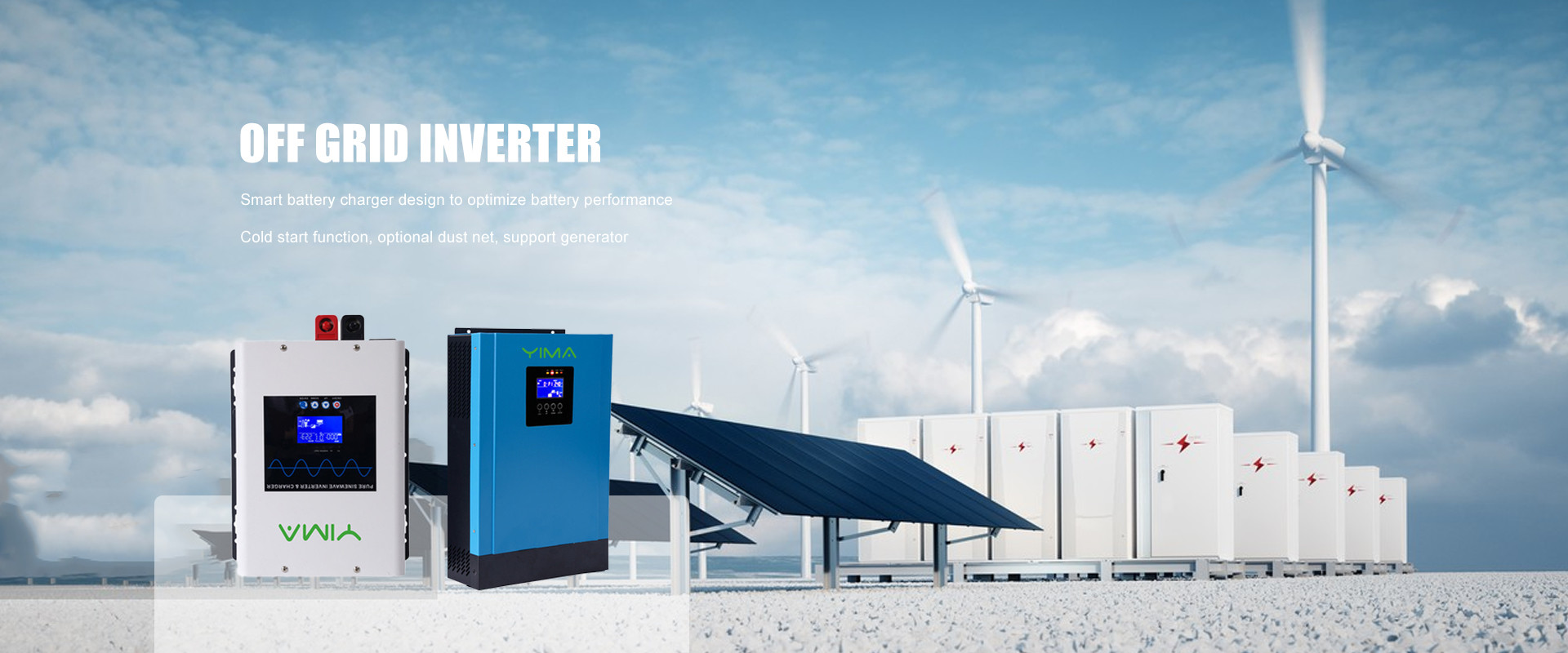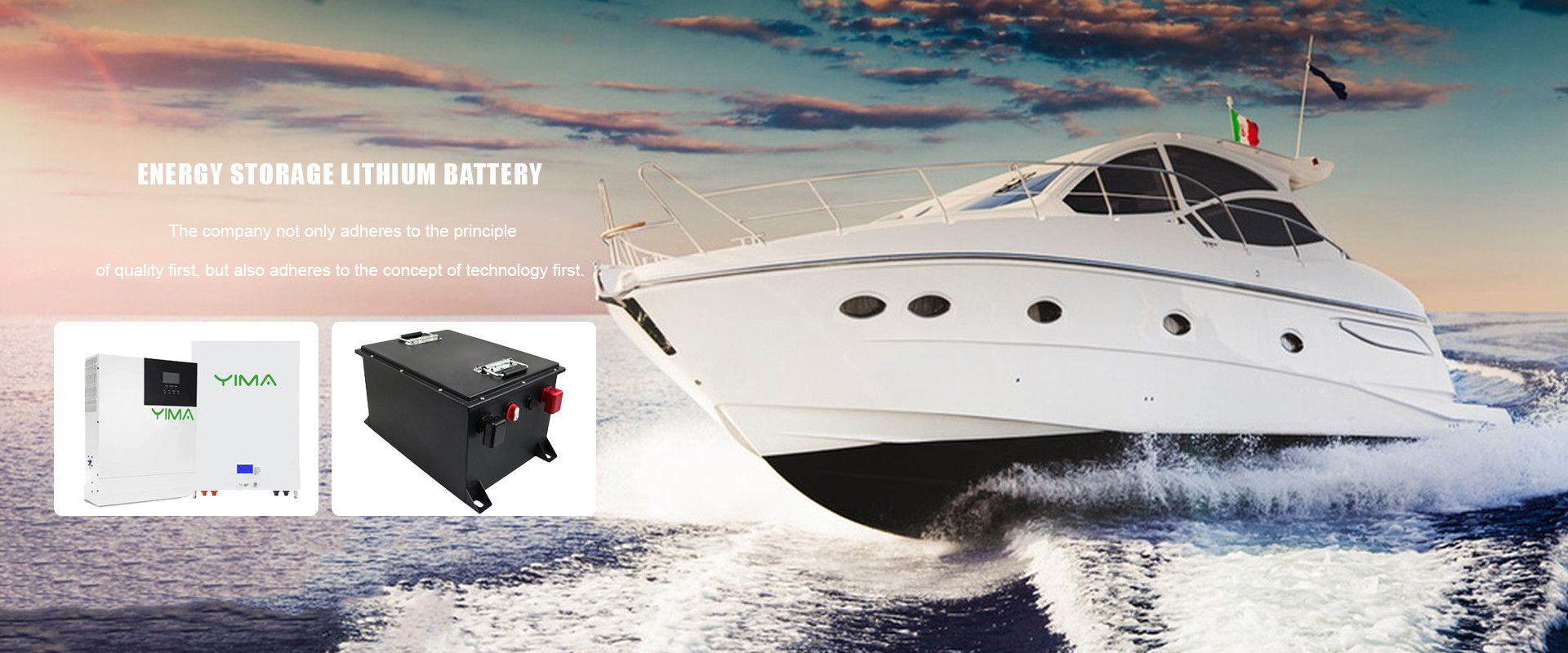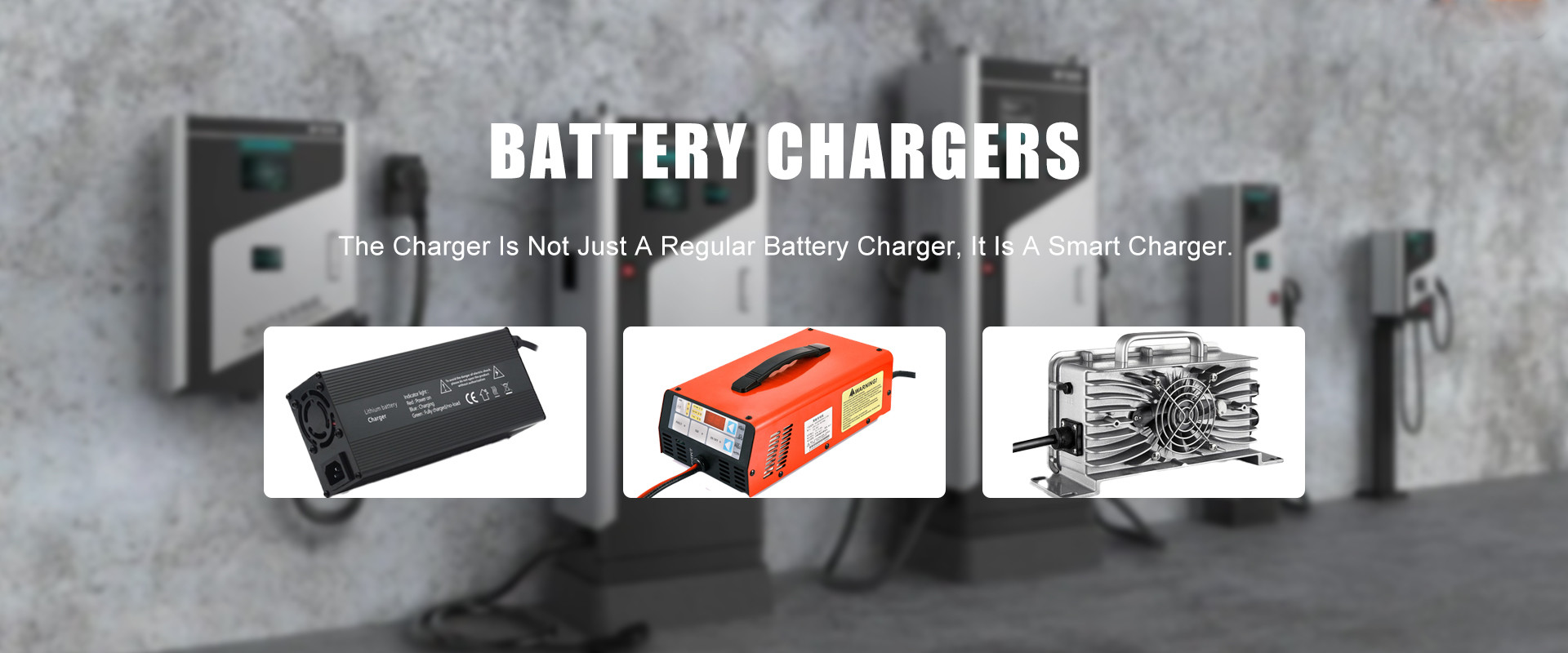The US election is raging, and the car "weather vane" will change?
2024-11-01
With the 2024 US presidential election in full swing, the automotive industry is once again at the forefront.
As America's famous "Motor City" and home to 1.1 million auto jobs, Michigan is strategically important in the election.
Since 2008, presidential candidates who have won Michigan have gone on to win the White House, including Trump in 2016 and President Joe Biden in 2020.
For now, Michigan remains a key swing state.
Vice President Kamala Harris, former President Donald Trump, and their running mates and supporters have all actively campaigned in Michigan in recent weeks, trying to win over undecided voters there.
Because Michigan's economy is so closely tied to the auto industry, Jefferies analyst Philippe Houchois wrote in an investor note recently, "Michigan's 16 electoral votes put the auto industry at the forefront of the political debate."
In fact, the auto industry has been a hot topic in the US presidential election.
While major automakers and suppliers have shied away from publicly endorsing any presidential candidate (certainly not Musk, who has staunchly supported Trump), several auto industry executives and policy experts spoke in interviews about the election, citing electric vehicles, trade, tariffs, China, emissions regulations and labor as top concerns for automakers.
In addition, they discussed how to prepare for the policies each candidate might adopt and how to deal with the possibility of a divided Congress, in which the two houses of Congress are controlled by different parties.
Emission regulation
The most pressing issues for automakers are fuel economy (improving vehicle fuel efficiency and reducing greenhouse gas emissions) and emissions regulations, especially in several states such as California, Washington, Oregon and New York.
In California, for example, under the current requirements of California's Advanced Clean Vehicle Regulation II (ACC II), proposed and developed by the California Air Resources Board, new cars sold by 2035 must be zero-emission models. Starting with the 2026 model year, automakers must ensure that 35 percent of the vehicles they sell are zero-emission vehicles, including electric vehicles (BEVs), fuel cell vehicles, and standard-compliant plug-in hybrids.
The California Air Resources Board reports that 12 U.S. states and Washington, D.C., have adopted the rules, however, about half of the states plan to implement them starting with the 2027 model year.
Since the start of the year, only 11 states and the District of Columbia have had EV penetration of more than 10 percent, according to data from the American Automobile Association and the Alliance for Automotive Innovation, a lobbying group that represents most major automakers operating in the United States.
Regardless of who ends up in the White House, many automakers will focus on delaying the California Air Quality Board's clean car rules in hopes of easing those standards to lower production costs and improve market competitiveness, auto industry executives said.
Auto industry insiders expect Trump to eliminate or freeze corporate average fuel economy (CAFE) standards for the 2027 to 2031 model years, and Harris to seek a compromise with automakers in setting the standards, an approach that is somewhat similar to the one taken by Biden.
Electric cars and the Inflation Reduction Act
Four years ago, electric cars were a hot campaign issue for Democrats; Four years later, it has become a Republican campaign buzzword.
Currently, electric vehicles and U.S. policies that support their adoption (such as the Inflation Reduction Act) are top concerns for auto industry executives and lobbyists.
If Trump returns to power, regulations and incentives for electric vehicles could change significantly, putting the industry in a temporary bind.
Republicans, led by Mr. Trump, have largely condemned electric vehicles, calling them a commodity imposed on consumers that would destroy the American auto industry. Trump has vowed to take office to repeal or eliminate many of the vehicle emissions standards set by the Environmental Protection Agency, as well as incentives to promote the production and adoption of electric vehicles.
By contrast, Democrats, including Harris, have historically supported electric vehicles and related incentives.
However, due to slower than expected consumer adoption of electric vehicles, and consumer attitudes toward electric vehicles, Harris has recently not been as strong in its support for electric vehicles. However, she has said she does not support mandates for electric Vehicles, such as the Zero-Emission Vehicles Act of 2019, which would require automakers to sell only electric vehicles by 2040.
The consensus in the industry is that future EV policy requirements will depend on the outcome of the US elections. If the election results lead to new policies or regulations, automakers could face new requirements, so they are waiting to see the outcome of the election and preparing their plans accordingly.
As Pablo Di Si, CEO of Volkswagen of America, said at a press event in September, "Depending on what happens in the U.S. elections, we may or may not face new requirements." [So] I'm obviously not making any decisions about future investments right now. We are waiting to see (the outcome of the presidential election).
However, Lucid Group CEO Peter Rawlinson said that no matter which presidential candidate wins the election, he believes the U.S. electric vehicle industry is still in its infancy and needs to continue to "nurture."
He also believes that the requirements in the Inflation Reduction Act for taking advantage of the electric vehicle tax credit should not only focus on the size of the battery, as is currently the case, but also on the efficiency of the vehicle. "It's really encouraging the manufacture of power-hungry electric vehicles," he said.
"It's really encouraging car companies to put more batteries in, rather than chasing higher energy efficiency."
Trade, tariffs and China
Both Mr Trump and Mr Harris have expressed an interest in reviewing the United States-Mexico-Canada Agreement, the US North American trade deal, amid concerns about the global expansion of China's auto industry.
The USMCA, negotiated during Trump's first term as president, replaces the North American Free Trade Agreement (NAFTA) and takes effect in 2020.
At the time, Trump touted the deal in his renegotiation, and Harris was one of 10 US senators who voted against the USMCA. For now, however, both sides agree that the deal needs to be improved to better support U.S. auto production.
Gm Chief Executive Mary Barra said last week that the company was "closely monitoring" the election, including how changes in trade and tariffs could affect the company. "Regardless of the outcome of the election, we have and will continue to engage constructively in the policymaking process."
She also said that while some cars sold in the United States are made abroad, many of the jobs created in the United States are associated with allied partners. This shows that while the car's manufacturing location may be abroad, these partnerships still have a positive impact on the U.S. economy and jobs. She stressed the complexity of the issue, meaning many factors need to be taken into account when discussing jobs, manufacturing and international cooperation.
Tariffs are at the heart of Trump's plans for the auto industry.
Trump has said he would sharply increase tariffs - by as much as 500 percent - to prevent Chinese automakers from exporting cars from Mexican factories to the United States.
Although Chinese automakers are not currently pursuing such a strategy, foreign media expects that they may try to adopt this approach in the future. However, Geshe Automotive Research Institute believes that in the future, whether Chinese car companies produce in China, Mexico or other countries, they will be imposed high tariffs when exporting to the United States, which means that other paths for Chinese car companies to enter the U.S. market will be completely closed.
Harris called Trump's tariff proposal a "sales tax on the American people," though she did not outline specific changes she would make to the current tariff structure if elected.
Jefferies noted that non-U.S. automakers account for 48 percent of total U.S. production and 52 percent of USMCA production, so if Harris wins the election, non-U.S. automakers could benefit more from the policy or market environment because of their larger share of production in the U.S. and North America.
Labour force
Industry insiders interviewed almost unanimously agreed that labor would be a concern among the many issues related to the auto industry, and they worried that a Harris victory would mean further increases in union organizing power.
Both Biden and Harris are so focused on the United Auto Workers (UAW) and UAW President Shawn Fain that they even had him speak at the Democratic National Convention.
Arguably, under Fain and the senior advisers he brought in from the outside, the UAW's political influence has grown stronger and it is likely to play a greater role in policy and decision-making.
However, there are different views or differences of opinion within the UAW and other unions. Such divisions may affect the union's political unity and action.
The Teamsters declined to endorse either candidate because of internal disagreements, but UAW leaders not only backed Harris but also helped her campaign in Michigan and other states.
The UAW said last week that internal polls show "Kamala Harris gaining strength over Donald Trump, and Harris' lead over Trump has increased significantly in the last month."
By contrast, the relationship between Trump and Fain is full of gunpowder.
Trump and Fain have traded accusations on social media and in public. For example, Trump has criticized Fain's leadership on social media, arguing that he has not done enough for workers, while Fain has hit back at Trump, accusing him of taking positions on workers' rights and economic policy that are bad for workers.
What's more, blue-collar workers, including UAW members, were seen as key supporters of Trump's victory over Democratic candidate Hillary Clinton in 2016.
But UAW leaders have publicly called for support for Democratic candidates, a political antagonism that has further strained relations between Trump and Fain. But what is certain is that Biden and Harris' aggressive approach to supporting workers and unions, and the degree of emphasis on the UAW, will worry automakers and suppliers, especially the UAW's growing influence in organizing unions and fighting for workers' rights, which could put companies under cost and competitive pressure.
Conclusion
Jefferies analyst Philippe Houchois wrote in an investor note that "there are significant differences in rhetoric and views between Trump and Harris, but there are also some points of common ground or convergence."
Industry insiders expect a Harris victory to be a continuation of Biden's four years in office, rather than a replication. They see Harris as likely to be more understanding of business, but there are concerns that some of Harris's policies and appointments are unclear, experts said, as well as concerns about her ties to the UAW, particularly Fain, who has been antagonistic to automakers and may even already be seen as a "mortal enemy."
Most auto industry executives expect that if Mr. Trump returns to the White House, he will revert to the policies and measures of his previous presidency, but perhaps take a more aggressive stance than before.
Industry insiders expect Mr. Trump to loosen or roll back the federal government's tightening emissions and fuel economy rules; Reigniting the fight between California and other states (referring to the dispute between California and some other states over setting auto emission standards) And there could be funding changes to key pieces of legislation in the Biden administration's Inflation Reduction Act.
It would be difficult for Trump to repeal the Inflation Reduction Act outright, but he could eliminate or limit electric vehicle subsidies through executive orders or other policy actions.
Regardless of whether the industry's "weather vane" changes or stays the same, automakers, suppliers and other auto-related companies are preparing for different election outcomes and possible repercussions.
As Stefan Hartung, CEO and Chairman of Bosch, said, the US election will bring clarity to the market and the industry will adjust to the outcome.
"We can't make perfect assumptions. Both presidential candidates offer some opportunities and challenges that companies have to take into account." So says a leading lobbyist and public policy expert for a major automaker.
Some Wall Street analysts have speculated that traditional automakers - particularly the "Detroit three" General Motors, Ford Motor and Chrysler parent Stellantis - would benefit the most under Trump and Republican control of Congress.
Electric vehicle startups such as Rivian Automotive and Lucid Group stand to benefit more after Harris and the Democrats win, largely due to their administration's expected plans involving electric vehicles and fuel economy requirements.
View More
The lithium iron phosphate market continues to grow
2024-11-01
The demand for lithium iron phosphate is continuing to be strong, and its market share has once again set a new high. According to data from the Power Battery Application Branch, in September, the domestic power battery installed capacity was 54.8GWh, up 44.4% year-on-year. Among them, the installed capacity of lithium iron phosphate batteries was 41.8GWh, up 81.4% year-on-year, accounting for 76.2% of the total installed capacity, setting a new historical high; the installed capacity of ternary batteries was 13.0GWh, accounting for 23.7% of the total installed capacity, down 12.9% year-on-year.
The lithium iron phosphate market has been "continuously" growing since 2021.
Since 2021, the market share of lithium iron phosphate batteries in China has already surpassed that of ternary batteries. Compared to ternary materials, lithium iron phosphate has advantages such as higher safety, better economic efficiency, and longer life. With the help of innovative technologies, the advantages of lithium iron phosphate in terms of safety and cost have become increasingly prominent in recent years, and the low-temperature performance of lithium iron phosphate batteries has continued to improve. The penetration rate of lithium iron phosphate batteries in the field of new energy vehicles has continued to increase.
In terms of exports, the growth of lithium iron phosphate batteries has also been very rapid. From January to September this year, the cumulative export volume of domestic power batteries was 92.5GWh, up 3.9% year-on-year. Among them, the export volume of lithium iron phosphate batteries was 34.1GWh, accounting for 36.9%, up 26.6% year-on-year; while the export volume of ternary batteries was down 6.6% year-on-year.
In terms of materials, according to data from the General Administration of Customs, the export volume of lithium iron phosphate in China was 538 tons in September 2024, up 105% from the previous month and up 1,212% from the same period last year, setting a new record for export volume.
01
Orders for lithium iron phosphate batteries are becoming more frequent.
As the inventory reduction gradually comes to an end, the prospects for the phosphate iron lithium industry are expected to further improve. Guotai Junan stated that the lithium battery industry is a sector whose fundamentals have actually improved due to policy-driven factors, and the short-term car market, coupled with the unexpectedly high output plan for energy storage, and the long-term European carbon emission regulations and the US rush to install energy storage systems are expected to boost demand in the coming year. The industry is experiencing a sharp increase in demand for high-end phosphate iron lithium, and the market has already seen a situation of supply shortages, with a price increase expected.
Battery China has noticed that orders involving lithium iron phosphate have significantly increased this year. In August, Fu Lin Precision Industry announced that its subsidiary Jiangxi Shenghua had signed an agreement with CATL, under which CATL paid a deposit to support Jiangxi Shenghua's project to build a 7.5-million-ton-per-year plant for lithium iron phosphate materials. CATL promised to purchase at least 140,000 tons of lithium iron phosphate from Jiangxi Shenghua annually from 2025 to 2027, provided that the products had comprehensive advantages.
There is an unusually high demand for lithium iron phosphate (LFP) batteries in overseas markets, especially in Europe and the United States. European car giant Stellantis says that LFP batteries are more cost-competitive and can produce more affordable vehicles for the middle class. Additionally, this type of battery has the characteristics of long life and high thermal stability, which helps provide high-quality and durable electric vehicles for customers. According to industry estimates, the total demand for power and energy storage batteries in Europe will reach 150GWh by 2030, with about half of that, or 750GWh, using the LFP route.
In July this year, French car manufacturer Renault signed a 39GWh lithium iron phosphate battery procurement contract, which will be used to support its electric vehicles with a total of about 600,000 units. It is reported that Renault's electric vehicle business department Ampere will cooperate with LG Energy Solution and CATL to establish a lithium iron phosphate battery supply chain in Europe.
In terms of equipment, in March this year, XianDai Intelligent Equipment Co., Ltd. stated that the company had signed a global strategic cooperation agreement with American battery manufacturer ABF to provide ABF with lithium battery smart production line services with a total scale of 20GWh. It is said that this was the largest lithium battery equipment order that a Chinese company had received in the United States at the time. ABF is an American battery manufacturer specializing in the manufacture of lithium iron phosphate batteries, and its first production line located in Tucson, Arizona, is expected to come into operation in 2025.
It is worth noting that earlier this year, Samsung SDI stated that it was considering using equipment supplied by Chinese suppliers in its production line for lithium iron phosphate batteries. Sources revealed that Samsung SDI held closed-door meetings with potential suppliers to explain its plans for its lithium iron phosphate battery production project. Samsung SDI is expected to place orders for equipment this year and begin installing it next year, with its lithium iron phosphate battery production line likely to be built in the Ulsan factory.
02
Capacity expansion is in full swing.
According to industry estimates, the global demand for power batteries will exceed 3500GWh by 2030, while the demand for energy storage batteries will reach 1200GWh. In the power battery sector, lithium iron phosphate batteries are expected to account for 45% of the market share, with demand exceeding 1500GWh. In the energy storage sector, lithium iron phosphate batteries are expected to account for over 85% of the market share, with demand exceeding 1000GWh.
Faced with robust market demand, battery and material manufacturers are stepping up their investments in lithium iron phosphate. In July this year, ACT Battery, a joint venture between BYD and American battery maker Maxwell Technologies, broke ground on a project in Mississippi, US, with an annual production capacity of about 21GWh of square lithium iron phosphate batteries, expected to start deliveries in 2026; and Envision AESC, a battery maker backed by Chinese energy giant Envision Group, started construction on a factory in Spain, which will become its first lithium iron phosphate battery factory in Europe upon completion in 2026.
In March this year, it was reported that CATL was in talks with General Motors to explore a technology licensing partnership and jointly build a lithium iron phosphate power battery factory in North America. The planned annual capacity of the factory is no less than that of the factory CATL built with Ford Motor, meaning the capacity scale will exceed 35GWh.
In terms of materials, in October this year, Longpan Technology, a subsidiary of Longpan Science and Technology, held an investment signing ceremony for its first overseas lithium iron phosphate factory in the world. The Indonesia Investment Agency (INA) and Changzhou Lithium Source jointly signed a $200 million investment intent letter. This investment plan will enable Changzhou Lithium Source's Indonesia factory to expand its capacity from the current phase 1 annual output of 30,000 tons to 120,000 tons. Upon completion and put into operation, the project may become the largest lithium iron phosphate cathode material manufacturing plant outside of China.
In September this year, the Xiamen lithium iron phosphate project of Shengtun Mining Group was put into operation, with a total investment of about 3.1 billion yuan. The project plans to build a 200,000-tonne lithium iron phosphate production base. According to the plan, the project will be divided into two phases and is scheduled to be fully completed and put into operation in the fourth quarter of 2026. Similarly, in September, Wanrun New Energy announced that it would build a 50,000-tonne lithium iron phosphate production facility in South Carolina, USA.
Currently, more and more car manufacturers are adopting lithium iron phosphate batteries. In addition to domestic manufacturers, international car manufacturers such as Tesla, Volkswagen, BMW, Mercedes-Benz, Ford, Hyundai, Renault, General Motors, Nissan, and Honda have already or plan to further expand the installation of lithium iron phosphate batteries. From a global perspective, the market share of lithium iron phosphate batteries will continue to increase in the future.
View More
Form Energy's '100-Hour' Iron-Air Battery Gains Traction with Puget Sound Energy
2024-03-28
Puget Sound Energy, an electric and gas utility serving 1.2 million customers in Washington State, has entered into a memorandum of understanding (MoU) with Form Energy, the US startup known for its iron-air battery technology. The agreement signals the potential development of a joint pilot project, featuring a 10MW system with a remarkable 1,000MWh capacity, equivalent to a 100-hour duration.
Form Energy's innovative battery tech relies on iron and air, employing a process where iron rusts (oxidizes) during charging and de-rusts during discharge. Led by CEO Mateo Jaramillo, a former executive at Tesla, Form Energy gained attention with its first utility pilot project agreement in 2020, involving a 1MW/150MWh system with Minnesota's Great River Energy.
Puget Sound Energy, considering a pilot project deployment in its service area, sees Form Energy's system as a strategic move to meet clean energy requirements outlined in Washington State laws. The Clean Energy Transformation Act mandates retiring all utility coal generation by 2025 and achieving carbon neutrality by 2030.
The utility's interest in Form Energy's technology is part of a broader trend where US utilities, facing coal retirements, seek alternatives for both electricity generation capacity and economic benefits. Form Energy, having raised around US$800 million in investment, is constructing its first battery factory in West Virginia.
The MoU with Puget Sound Energy adds to Form Energy's growing list of partnerships, showcasing the industry's confidence in the potential of long-duration energy storage solutions. Washington's ambitious clean energy goals align with Form Energy's mission, positioning the startup as a key player in the transition to renewable and sustainable energy practices.
View More
Gotion High-Tech Achieves Milestone with Inaugural Production of 'Made in USA' ESS Battery Packs in Silicon Valley
2024-03-28
Gotion High-Tech, a China-headquartered lithium-ion battery manufacturer, has successfully produced its first battery pack at its newly inaugurated factory in Silicon Valley, California. The factory, located in Fremont, is dedicated to portable and residential energy storage system (ESS) markets, catering to capacities ranging from 3kWh to 30kWh. Although relatively small in scale compared to the growing demand for stationary energy storage in the US, this marks Gotion's initial step towards a 'Made in USA' production strategy.
The first battery pack rolled off the production line on December 21, just over a week before the official announcement on December 29. The Fremont plant has a planned annual production capacity of 1GWh, with a focus on portable and residential ESS products. While not currently producing cells, Gotion High-Tech views this facility as a pivotal move in establishing a local production footprint.
Gotion High-Tech is actively pursuing its expansion strategy in the US. The company is developing two larger factories, including an electric vehicle (EV) battery production plant in Michigan and a split production plant in Illinois. The Illinois facility, with an annual production capacity of 10GWh of battery packs and 40GWh of lithium-ion battery cells, is part of Gotion's commitment to a 'Made in USA' approach. The company received a state incentive package of US$536 million for the Illinois plant, with requirements such as a US$1.9 billion investment and the creation of 2,600 local jobs over 30 years.
The US has become an increasingly attractive destination for battery manufacturers, driven by both end-market demand and various incentives. State-level incentives, exemplified by Gotion's package in Illinois, complement federal incentives like the Inflation Reduction Act (IRA). The manufacturing tax credit incentives, particularly 45X, provide up to US$35/kWh in government incentives for battery cells manufactured in the US, making it a significant factor in attracting investments.
Gotion High-Tech is not limiting its operations to the US; it has signed a 750MWh multi-year battery supply deal with renewable energy developer Ormat Technologies. The company is also expanding into markets like Japan, Thailand, and Vietnam through joint ventures and partnerships, targeting various segments of the EV and ESS markets.
Gotion High-Tech's successful production of the first 'Made in USA' ESS battery packs in Silicon Valley reflects a strategic move to tap into the growing demand for energy storage solutions in the US market. With ongoing expansion plans and significant incentives, the company is positioning itself to play a substantial role in the evolving landscape of battery manufacturing and clean energy technologies in the United States.
View More
Spain Advances Energy Storage Ambitions with 1.9GWh Deployment
2023-12-08
In a decisive move towards achieving its ambitious target of 20GW of energy storage by 2030, the Spanish government, through the Institution for the Diversification and Energy Savings (IDAE), has successfully awarded contracts for 880MW/1,809MWh in its inaugural tender for energy storage projects co-located with renewables.
This significant milestone, conducted under the Spanish strategic projects for economic recovery and transition (PERTE) program, marks a strategic effort to integrate energy storage solutions into the nation's renewable energy landscape.
Several major players in the energy sector have secured contracts, underscoring the collaborative efforts of both utilities and renewables developers. Among the distinguished awardees are prominent utility companies such as Iberdrola, Naturgy, and Enel Green Power. The inclusive approach of the tender process is evident in the recognition of renewables developer Fotowatio Renewable Ventures (FRV), emphasizing a diverse and dynamic energy transition.
Spain’s climate makes it a great place for solar PV farms. Image:Naturgy.
The awarded contracts represent a total energy storage capacity of 1.9GWh, a critical step in enhancing the country's ability to harness and manage renewable energy resources efficiently. One notable deployment is attributed to Ingeteam, who successfully implemented a Battery Energy Storage System (BESS) at a green hydrogen facility in Ciudad Real.
Spain's commitment to fostering economic recovery and sustainable energy practices is exemplified through initiatives like PERTE, strategically aligning with the broader European goals for a cleaner and more resilient energy future.
As the global transition towards renewable energy gains momentum, Spain's dedicated efforts and successful tender mark a pivotal moment in accelerating the integration of energy storage, unlocking new possibilities for a greener and more sustainable energy landscape.
View More








